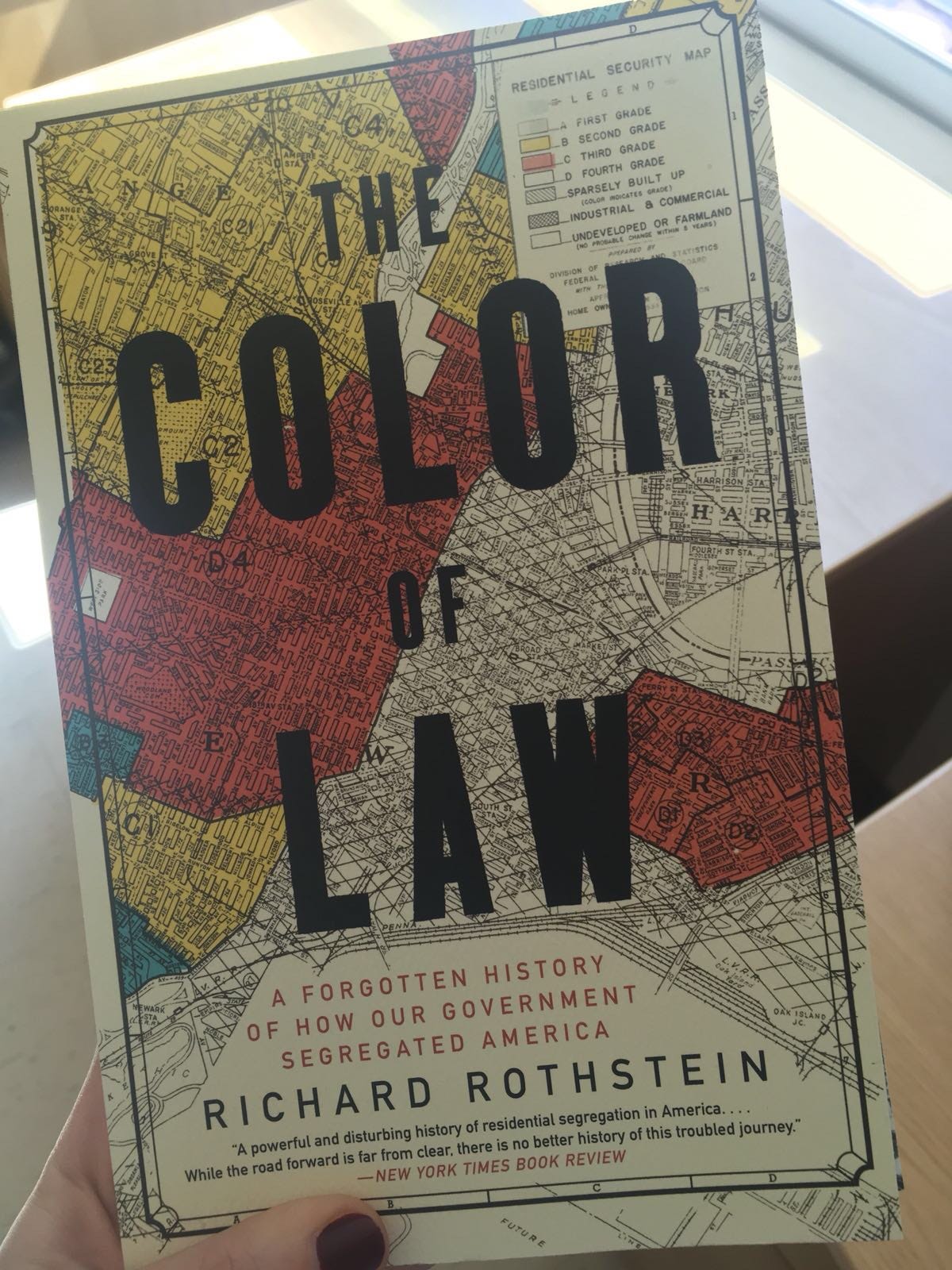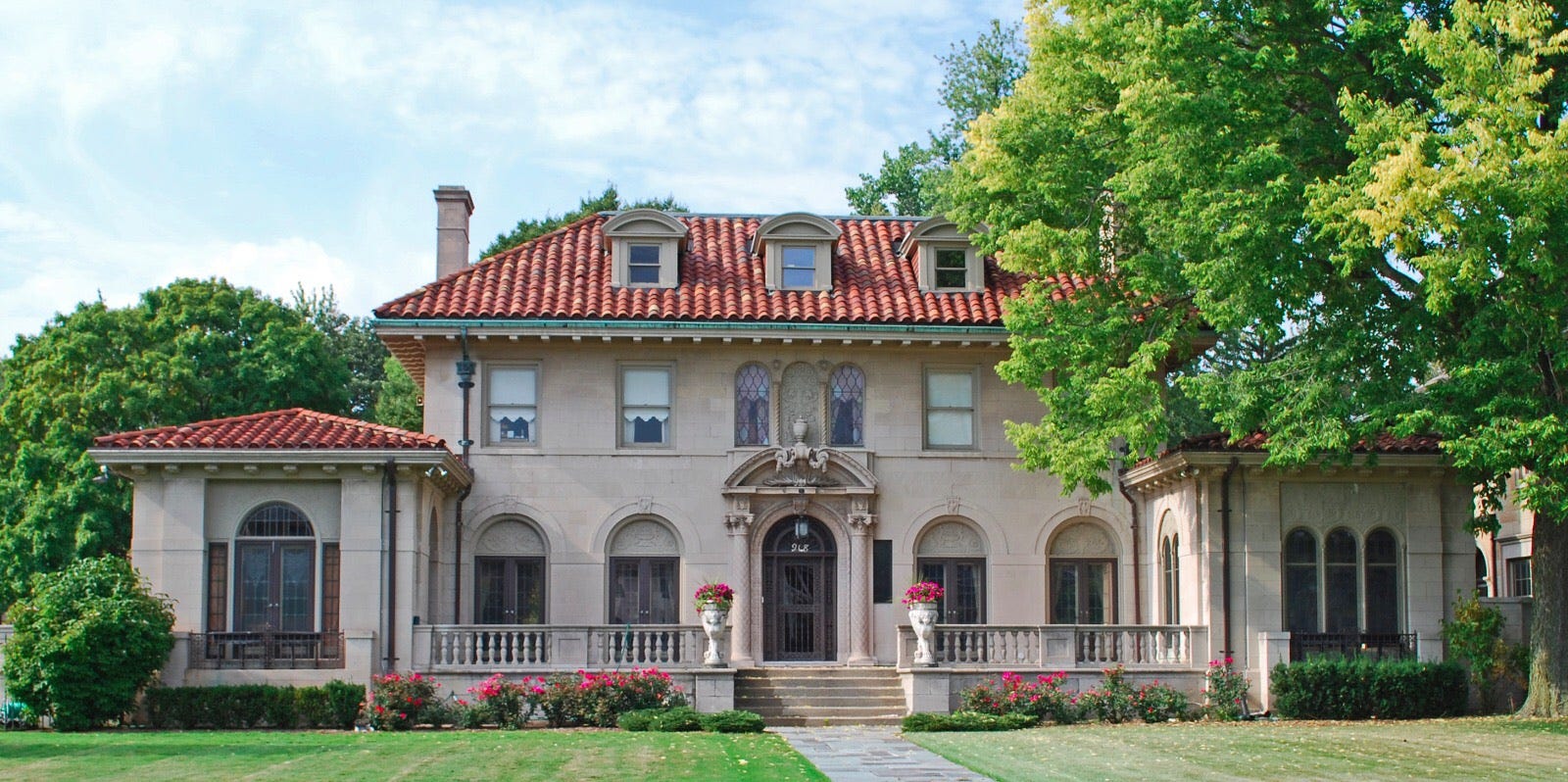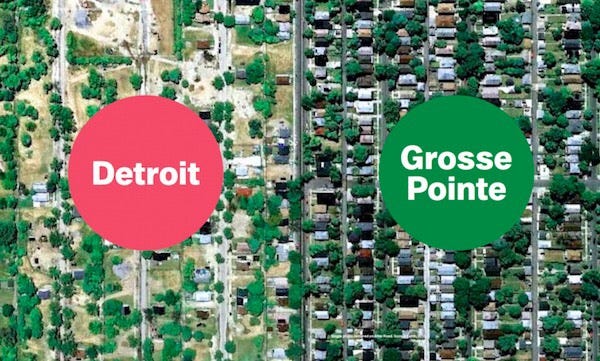Details
Article
The first Friday of the fellowship revolved around some of the housing issues that can be identified in Detroit: foreclosures and the segregationist housing policies analyzed in the book The Color of Law. These sessions were an interesting follow-up to the tour of Detroit on Wednesday (more about this day here) which let a few of us circumspect about the numerous ghost houses, empty lands, and the radical difference the can be observed between the residential neighborhoods. The organization of a conference call with Richard Rothstein was the opportunity to unfold these unfortunately, still very topical issues in Detroit.

The Color of Law’s subtitle highlights the “forgotten history” the topic is touching upon. Indeed, in his book Richard Rothstein introduces the idea that the broadly accepted vision of American segregation as a de facto “structural” phenomenon was rather a de jure one with consciously consequential action from the governing authorities. Rothstein presents the argument that the main factor leading to segregation in the twentieth century and the persistence of segregating patterns until today is the critical push from local as well as the federal government. To do so, he identifies two main types of policies which represent the explicit governmental action: the racial identification of public housing projects and the suburbanization of white Americans.
As we had all read chapters of the book and had already gotten familiar with his argumentation, the time for Q&As rather moved on to THE question: “What now?”. In a lot of metropolitan areas where “neutral” (non-explicitly racially motivated) zoning was introduced in the 1910s, some of the principles are still in force today. During our tour of the city of Detroit on Wednesday, we started by the Boston-Edison neighbourhood. Our guide emphasised on the large houses, attesting to the wealthy past of Detroit, which are still located in a single-family home zone. The immediate effect is that, as a majority of whites have already fled for the suburbs, these lands and houses are too large to maintain and therefore inaccessible for a majority of black families. Indeed, although Detroit’s black population exceeds 80%, its poverty rate is extremely higher than for the white population. Our concern was clear. How come that these policies, easily identifiable, have not been removed yet? Education, Rothstein says. No policy will be challenged and its removal supported by a majority of elected representatives unless people start receiving education on the topic and realising that the “structural” de facto segregation was a myth built by policy-makers.

So whose role or responsibility is it to initiate some educational change? While one could easily identify Detroit community organizations as very often being the best promoters of positive change, their efforts to welcome integrated developments can still be subject to a sort of censorship from the authorities. For their part and given the evidence provided in the book, authorities have manifestly a greater power and influence than people would usually grant them. Does this mean that a willing political leader could change all this? Rothstein argues that no. The political agenda will not cover housing de jure segregation unless education is made on the topic. In this sense, Heather Ann Thompson was acknowledging, the day before, that questions of mass incarceration reached the last US presidential campaign only because of the timing and mediatization of the Black Lives Matter movement.
Taking into account the fact that housing segregation is probably not going to lead to such type of mediatised campaigns, it is probably safe to say that, for example through this book, scholars could be the instigators of this de jure vision. The main concern, often questioning the role of academia in our societies, remains how and through which channels can they do so? Rothstein pointed out the outrageous low amount of content provided by school books on this matter, sometimes reduced to a short paragraph or even a sentence. It seems that the way forward starts with basic education of young individuals only starting to build their own critical minds. But how to address this misconception in all parts of this complex of this country, bearing the marks of an extremely invasive segregation and violent racial tensions? This is part of the big question of history narratives that will surely appear throughout the fellowship.

Our day ended with an event at the Ford mansion in Grosse Pointe, a white suburb separated from the eastern Detroit neighborhoods by a wall. An air of “Little Boxes” in my head made me realize the long way to go.





